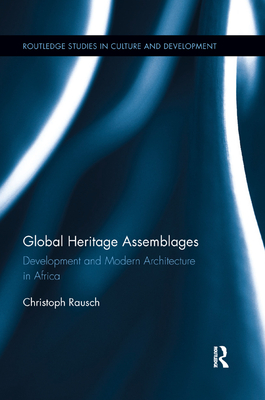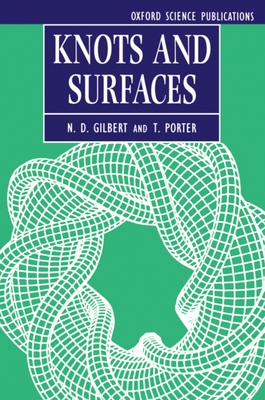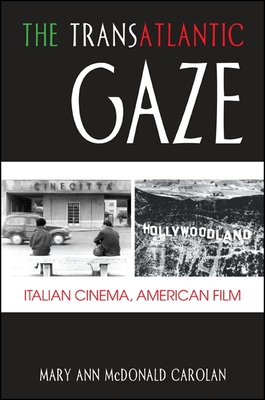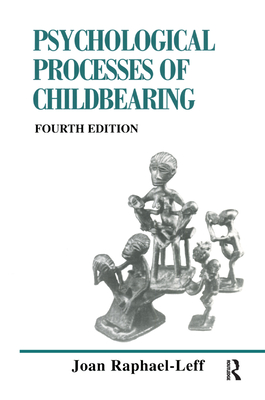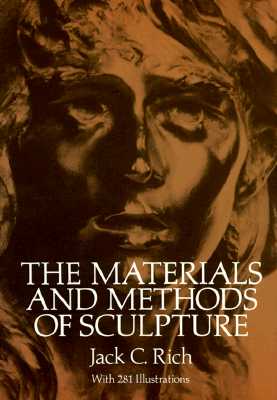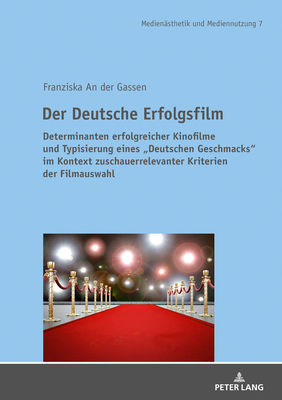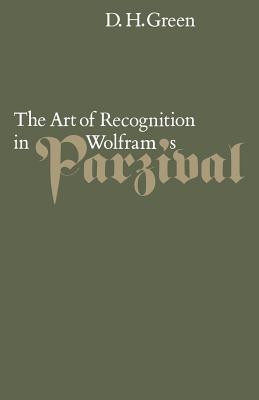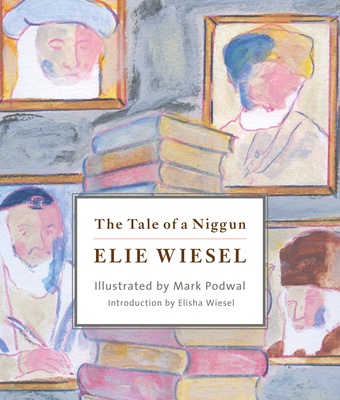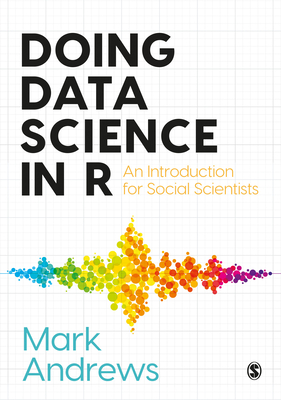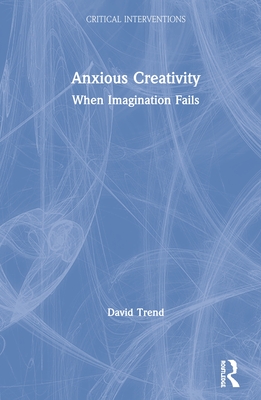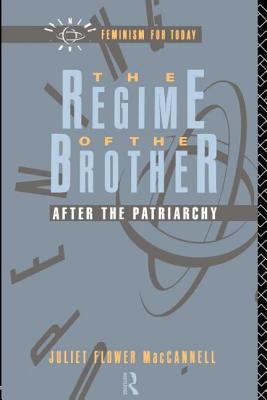This book offers a fascinating journey through the world of ancient herbals, exploring the intricate relationship between humans and the natural world as understood in the latter part of the fifteenth century. At its core, it delves into three major varieties of herbals printed during this era, including works in Latin and German that have significantly influenced botanical and medicinal knowledge. By providing an in-depth analysis of these textsranging from "Herbarius" to "Gart der Gesundheit," and finally, to "Hortus Sanitatis"the book situates itself within a broader historical and literary context, shedding light on the evolution of early printed books dedicated to plants, animals, minerals, and their uses in medicine.
Thematic depth is added through discussions on the confusion surrounding the bibliographies of these early works, highlighting how they were often mistaken for one another and how contemporary scholars have worked to clarify their distinctions. This narrative not only brings attention to the texts themselves but also to influential figures such as Johann de Cube, who has long been associated with these works.
By including six parts that cover various aspects of natural historyfrom plants and animals to mineralsand discussing their medical applications as understood at the time, this book encapsulates a significant period in human understanding of nature. It stands as a testament to humanity's perennial quest for knowledge and the continuous effort to document and categorize the natural world for both medicinal purposes and general curiosity.
In conclusion, this book provides valuable insights into how medieval Europe's engagement with botanical and medical knowledge reflects broader themes of exploration, documentation, and classificationa truly enlightening read for those fascinated by history, botany, or early literature.
This book offers a fascinating journey through the world of ancient herbals, exploring the intricate relationship between humans and the natural world as understood in the latter part of the fifteenth century. At its core, it delves into three major varieties of herbals printed during this era, including works in Latin and German that have significantly influenced botanical and medicinal knowledge. By providing an in-depth analysis of these textsranging from "Herbarius" to "Gart der Gesundheit," and finally, to "Hortus Sanitatis"the book situates itself within a broader historical and literary context, shedding light on the evolution of early printed books dedicated to plants, animals, minerals, and their uses in medicine.
Thematic depth is added through discussions on the confusion surrounding the bibliographies of these early works, highlighting how they were often mistaken for one another and how contemporary scholars have worked to clarify their distinctions. This narrative not only brings attention to the texts themselves but also to influential figures such as Johann de Cube, who has long been associated with these works.
By including six parts that cover various aspects of natural historyfrom plants and animals to mineralsand discussing their medical applications as understood at the time, this book encapsulates a significant period in human understanding of nature. It stands as a testament to humanity''s perennial quest for knowledge and the continuous effort to document and categorize the natural world for both medicinal purposes and general curiosity.
In conclusion, this book provides valuable insights into how medieval Europe''s engagement with botanical and medical knowledge reflects broader themes of exploration, documentation, and classificationa truly enlightening read for those fascinated by history, botany, or early literature.
Get Ortus Sanitatis by at the best price and quality guranteed only at Werezi Africa largest book ecommerce store. The book was published by Sothis Press and it has pages. Enjoy Shopping Best Offers & Deals on books Online from Werezi - Receive at your doorstep - Fast Delivery - Secure mode of Payment
 Jacket, Women
Jacket, Women
 Woolend Jacket
Woolend Jacket
 Western denim
Western denim
 Mini Dresss
Mini Dresss
 Jacket, Women
Jacket, Women
 Woolend Jacket
Woolend Jacket
 Western denim
Western denim
 Mini Dresss
Mini Dresss
 Jacket, Women
Jacket, Women
 Woolend Jacket
Woolend Jacket
 Western denim
Western denim
 Mini Dresss
Mini Dresss
 Jacket, Women
Jacket, Women
 Woolend Jacket
Woolend Jacket
 Western denim
Western denim
 Mini Dresss
Mini Dresss
 Jacket, Women
Jacket, Women
 Woolend Jacket
Woolend Jacket
 Western denim
Western denim
 Mini Dresss
Mini Dresss





